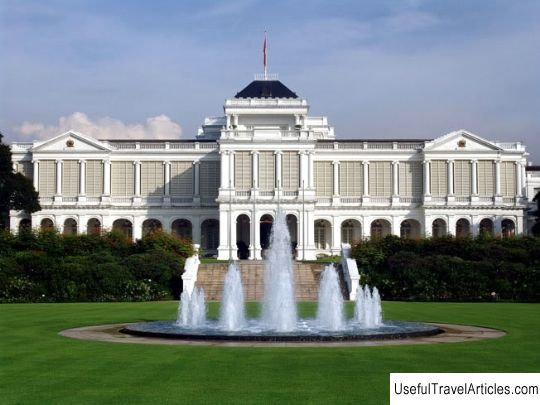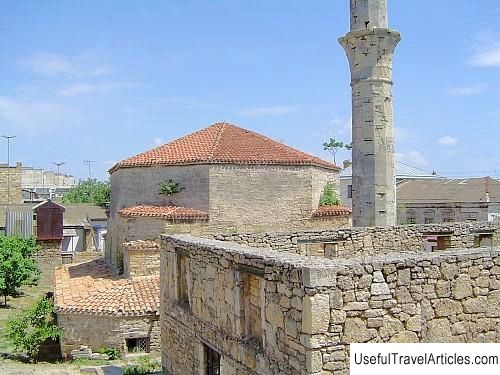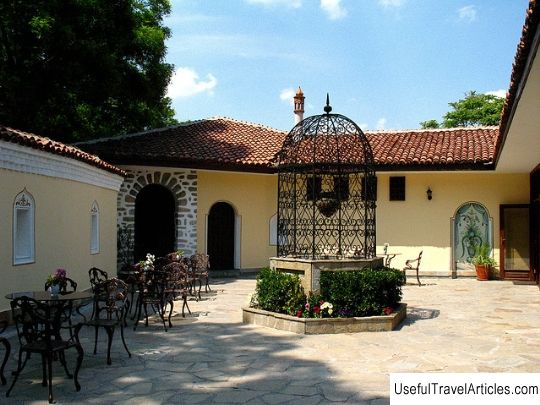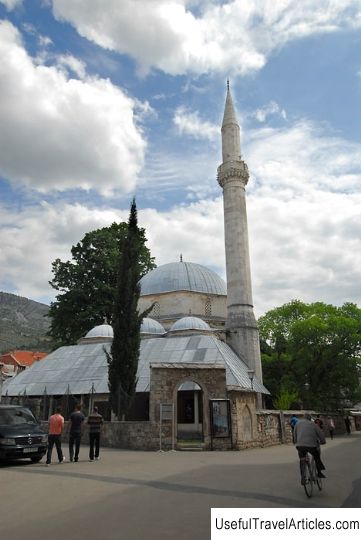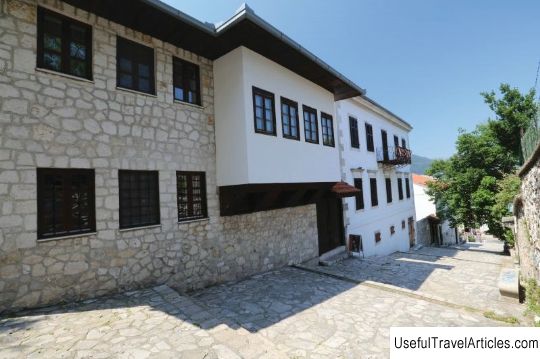Tekija Dervish (Tekija Dervish) description and photos - Bosnia and Herzegovina: Mostar
Rating: 8,0/10 (589 votes) 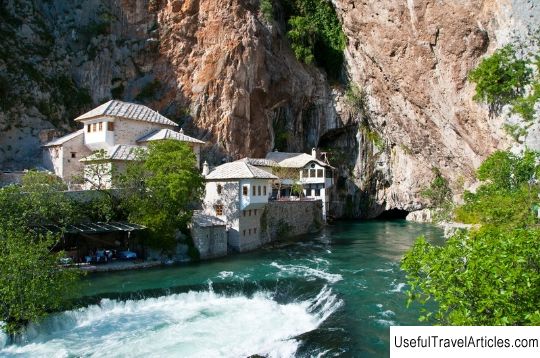
Dervish abode (Tekija Dervish) description and photos - Bosnia and Herzegovina: Mostar. Detailed information about the attraction. Description, photographs and a map showing the nearest significant objects. The title in English is Tekija Dervish. Photo and descriptionThe abode of the dervishes or Blagaya tekia is located in the picturesque town of Blagai, ten kilometers from Mostar. Dervish is a Muslim version of an ascetic monk. These people were constantly on the road, and such a kind of guest house was built for them. But for the itinerant monks, tekia is not only a place of lodging and prayer. Tekiya is designed to spiritually develop and educate people through conversations on everyday and scientific topics, through reflections. Tekiya is not built where there is no natural harmony, for this only a certain place is chosen, corresponding to seven essences. They include two waters - flowing and calm, a rock, a cave, a grave, a house and a staircase. It is at the source of the Buna that these components are present. The river originates from a deep cave, spreads out in calm backwaters, then falls like waterfalls along rocky steps. In addition, the tekia should be located in a secluded place, in Blagaj - under a rock. The tekia was built here shortly after the establishment of the Ottoman Empire, that is, in the twenties of the XVI century. Ottoman Baroque was then a new style in architecture, more prevalent in Istanbul. The monastery is half made of wood, decorated with carvings. There are two tombs in tekia - the holy Sufi Sari Saltik and Ashik Pasha, the sheikh. The mausoleum of the first is covered with legends. What they have in common is that this wandering dervish killed the dragon that lived in the cave. The National Monument has recently been restored and is not only a tourist attraction, but also a place of pilgrimage. The place is enchanting with greenery. blue waters of Buna and cliffs towering over dense vegetation. The source to which the pilgrims come is the beginning of the river. It is considered the largest and most beautiful in Europe.   We also recommend reading Cathedral of the Transfiguration of the Savior description and photos - Russia - Siberia: Novokuznetsk Topic: Tekija Dervish (Tekija Dervish) description and photos - Bosnia and Herzegovina: Mostar. |
